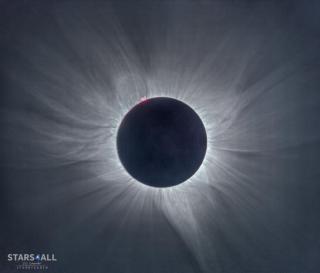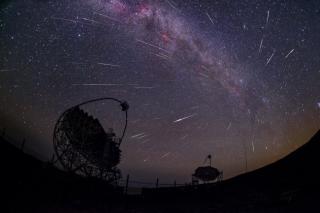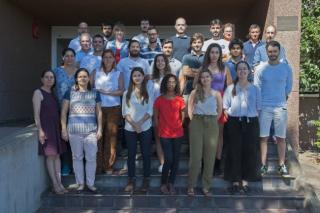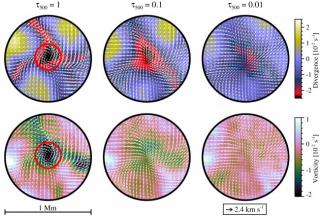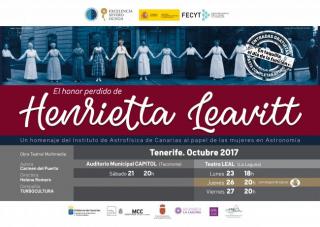
The Instituto de Astrofísica de Canarias recovers this American woman asronomer as a character in a multimedia play within an outrreach project whose aim is to stimulate scientific careers for women, and to point up their role in Physics and Astronomy.
Advertised on
